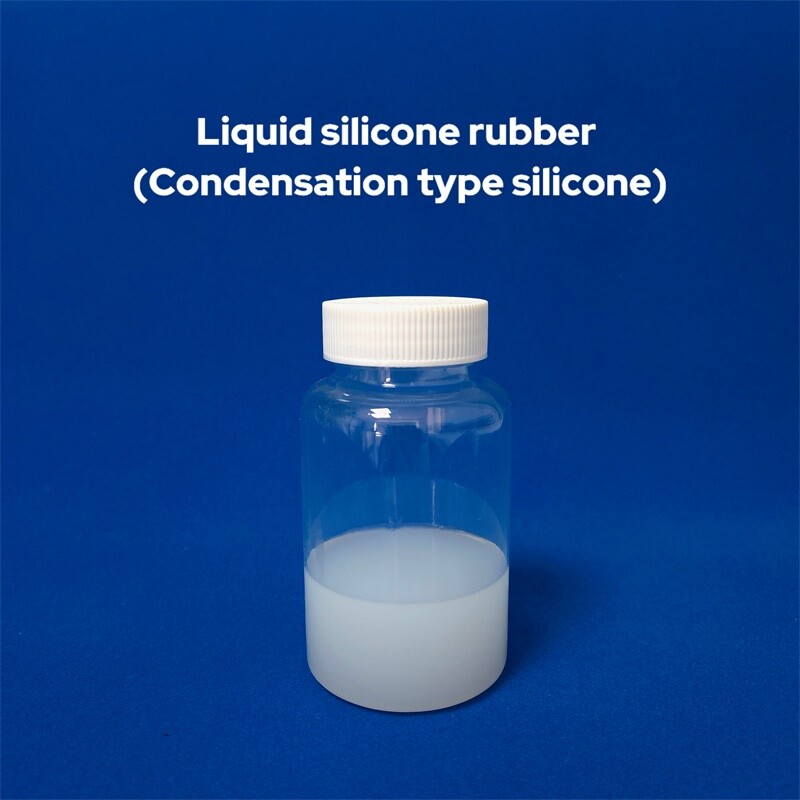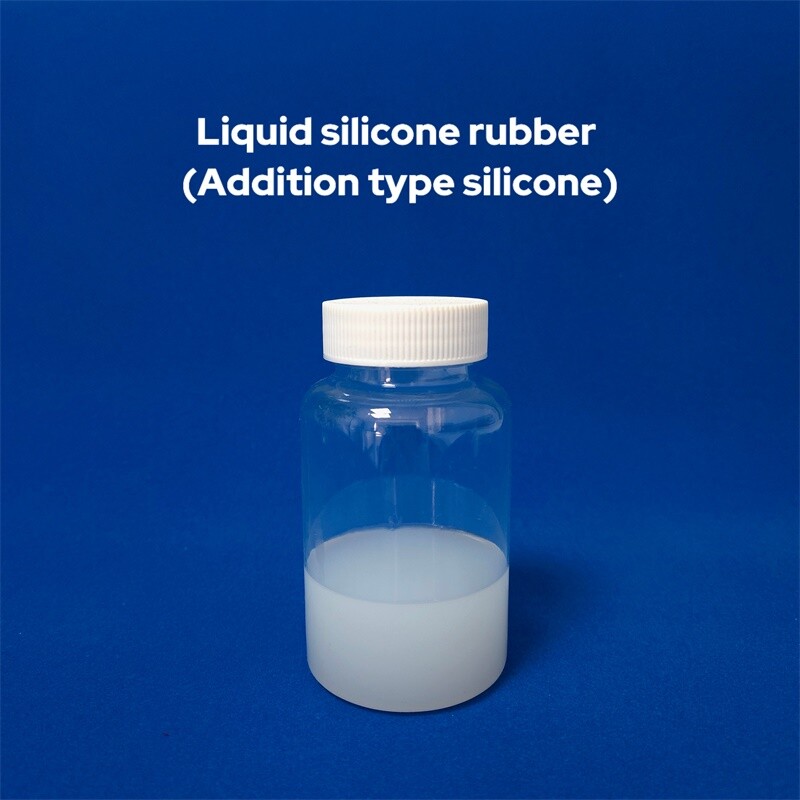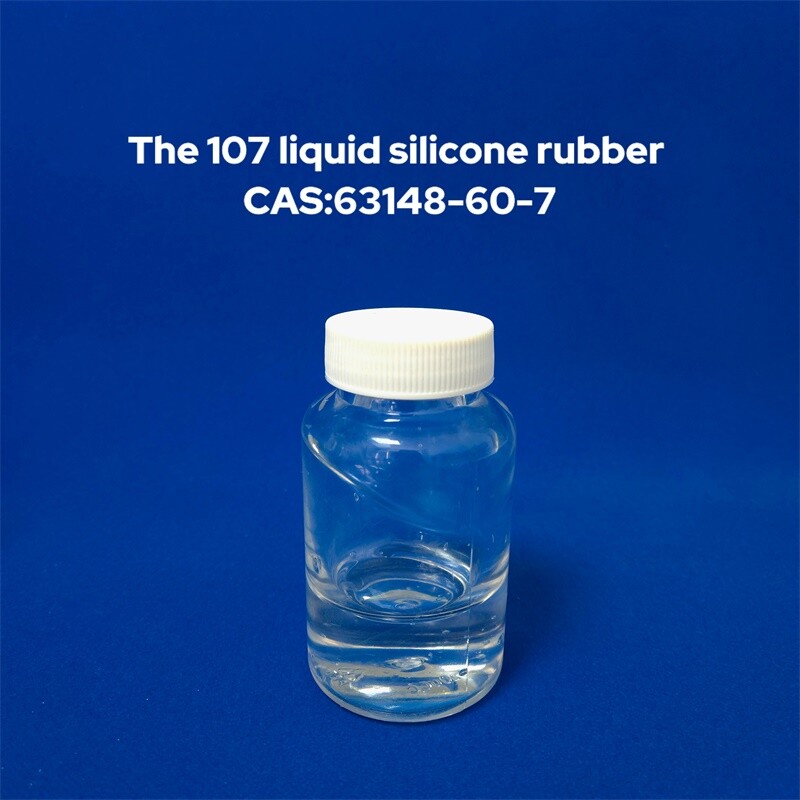Categories List
1.Resin Materials
Epoxy Resin
Epoxy resin has good mechanical properties, chemical corrosion resistance, and dimensional stability. Liquid silicone molds can replicate the shape of epoxy resin models very well. For example, in the production of handicrafts, epoxy resin is often used to make ornaments with high transparency and gloss. Liquid silicone molds can accurately reproduce these fine shapes and surface effects.
Due to the good flexibility of liquid silicone, it is relatively easy to demold the epoxy resin after it has cured, without causing damage to the epoxy resin model.
Polyurethane Resin
Polyurethane resin is commonly used in the production of various industrial products and decorative items, and its hardness and elasticity can be adjusted through formulation. Liquid silicone molds can adapt to the production of polyurethane resin models with different hardnesses.
In the production of automotive interior parts, toys and other products, polyurethane resin can be molded by liquid silicone molds to obtain products with precise shapes and good surface quality. Moreover, liquid silicone is relatively insensitive to the chemical reactions of polyurethane resin, which can ensure the service life of the molds.

2.Gypsum
Liquid silicone molds can be used for making gypsum models. Gypsum is a common modeling material with good plasticity and can be shaped into various forms. The flexibility and excellent demolding performance of liquid silicone molds enable them to adapt to the forming process of gypsum. When gypsum slurry is poured into a liquid silicone mold, the silicone mold can fit the gypsum well and replicate fine shape details. For example, when making gypsum carvings in the field of architectural decoration or creating gypsum statues in art teaching, liquid silicone molds can accurately shape the gypsum.

3.Concrete
Concrete has excellent plasticity. Before it solidifies, it can be shaped into a wide variety of complex shapes by using various molds or through manual shaping methods. It can be made into not only basic geometric shapes like simple cubes and cylinders but also complex shapes that imitate natural objects (such as stones, tree trunks) or architectural components (such as carved column heads, decorative niches). This shape diversity enables concrete to provide rich model forms for mold-making materials like mold gels, thus allowing for the production of molds in various shapes.After solidification, concrete forms a relatively stable solid structure, and its dimensional changes are very small under normal environmental conditions. This dimensional stability is crucial for being a model for mold gels. Because during the process of mold gels replicating the model, the size of the model needs to remain constant so as to ensure that the produced molds are of precise dimensions and regular shapes.

4.Wax Materials
Paraffin Wax
In the lost wax casting process, paraffin wax models are widely used. Liquid silicone molds can produce high-precision paraffin wax models. For example, in the casting process of metal handicrafts and jewelry, paraffin wax models are first made using liquid silicone molds, and then subsequent casting procedures are carried out.
Liquid silicone can replicate the details of paraffin wax models very well, and when the paraffin wax is demolded, due to the softness of the silicone, the paraffin wax model can be easily removed from the mold.
5.Clay Materials
Polymer Clay
Polymer clay is a material often used in handicrafts and the production of handicrafts. Liquid silicone molds can shape polymer clay into various decorative items, figurines, etc.
Polymer clay has certain plasticity before it is cured. Liquid silicone molds can maintain the shape of polymer clay well during the molding process, and it is also convenient to demold after the polymer clay is baked and cured.
Ultra-light Clay
Ultra-light clay is often used in children's handicrafts and some creative handicrafts. Liquid silicone molds can quickly shape ultra-light clay into various lovely shapes, such as small animals, flowers, etc.
Since ultra-light clay is relatively soft, the softness of liquid silicone molds can prevent excessive squeezing and deformation of the clay during the molding process, ensuring the shape quality of the model.
6.Food Materials
Chocolate
The molding of chocolate requires high-precision molds. Liquid silicone molds have food-grade safety and can present the shape and details of chocolate well. For example, when making variously shaped chocolate blocks and chocolate ornaments, liquid silicone molds can make the chocolate have a smooth surface and complete shape after demolding.
Candy
For some candies with special shapes, such as gummy candies and hard candies, liquid silicone molds are all applicable. It can ensure that candies maintain the designed shape during the molding process and will not stick to the mold when demolded, ensuring the efficiency and quality of candy production.
Click the link below to learn more about the product specifications
Leave A Reply



